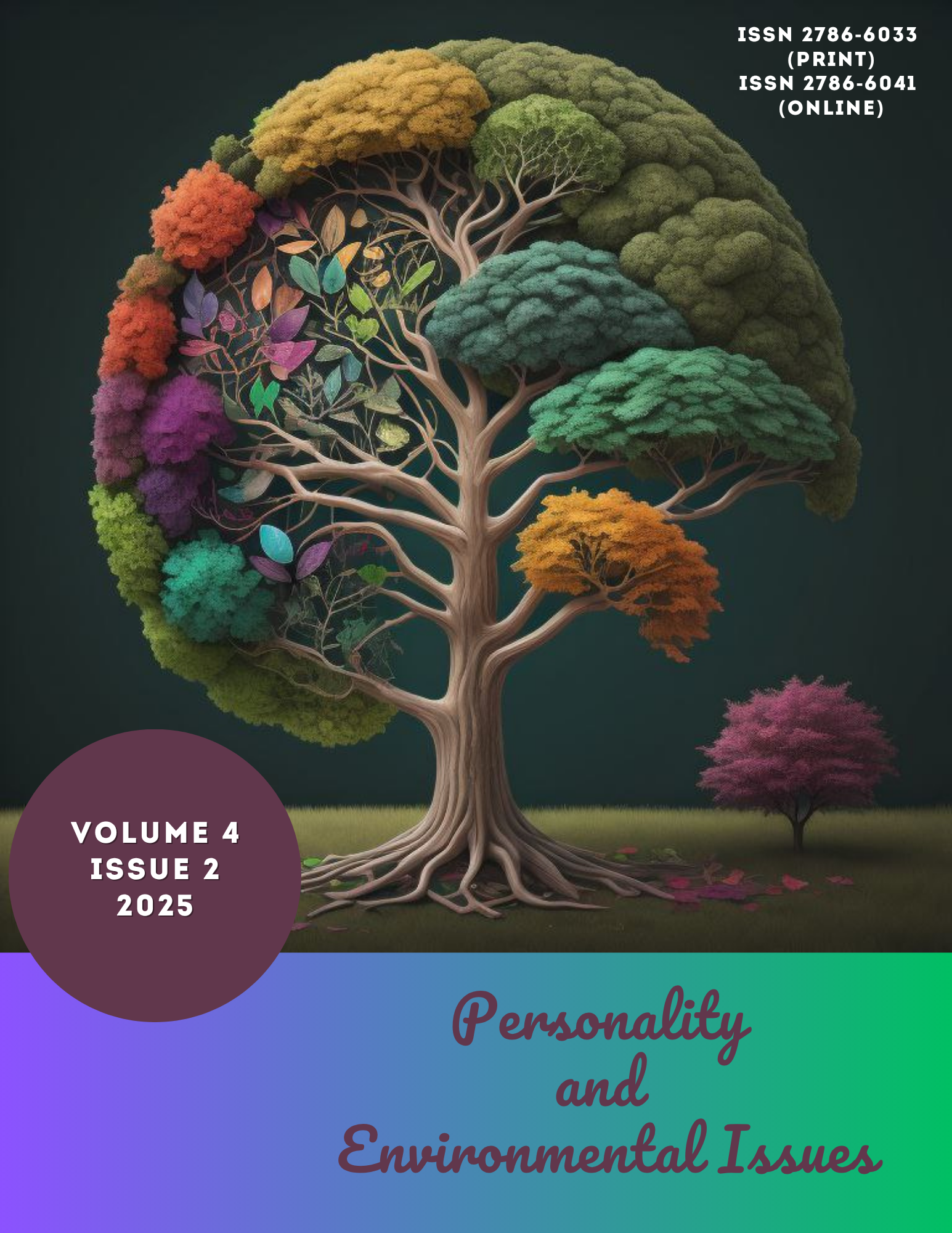Abstract
The article investigates psychological self-regulation mechanisms as a key factor in preventing risk behavior among adolescents in wartime conditions. The relevance of the study is driven by the critical need to preserve the mental health of Ukrainian youth developing under prolonged war-related stress. Adolescence, being a period of intensive neuropsychological development, is the most vulnerable to the formation of maladaptive behavioral patterns, particularly risk behavior, which acts as a dysfunctional mechanism for coping with psychological trauma.
Based on the analysis of contemporary theories and empirical data (n=70), it has been established that risk behavior in wartime is conceptualized as a complex of maladaptive patterns including impulsive actions, the search for extreme sensations, destructive social interaction, and self-aggressive manifestations. Empirical results indicate a significant prevalence of risk tendencies: 28,57 % of adolescents actively seek extreme sensations, and 57,14% demonstrate situational risk behavior. A connection was found between risk propensity and low levels of self-control, high impulsivity (37,14 %), the need for immediate gratification (22,86 %), and elevated neuroticism (34,28 %).
A key conclusion of the study is that risk behavior results from impaired self-regulation mechanisms against a background of neurobiological changes (an imbalance between a hyperactive limbic system and an immature prefrontal cortex) and socio-environmental disorganization. Correlation analysis confirms that impulsivity and the need for immediate gratification decrease with age, indicating the development of self-control. Simultaneously, resilience was identified in the majority of adolescents (64,28 %), alongside the value placed on family support (52,86 %), which serves as a resource for building psychological immunity. It has been empirically proven that psychological self-regulation mechanisms act as a key buffering factor against risk behavior.
References
Vdovychenko, O. V. (2019). Psychological foundations of personal risk in ontogenesis. Kyiv: Publishing House «Akademvydav». [In Ukrainian].
Van der Kolk, B. A. (2014). The body keeps the score: Brain, mind, and body in the healing of trauma. Viking Penguin.
Agnew, R. (2006). Pressured into crime: An overview of general strain theory. Oxford University Press.
Csikszentmihalyi, M. (2003). Good business: Leadership, flow, and the making of meaning. Viking.
Merton, R. K. (1968). Social theory and social structure. Free Press.
Aleksieienko, T. F., Bykova, S. V., & Kushnariov, S. V. (2022). Psychological characteristics of adolescent maladaptation in conditions of military stress. Ukrainian Psychological Journal, 15(2), 45-62. [In Ukrainian].
Сasey, B. J., Getz, S., & Galvan, A. (2008). The adolescent brain. Developmental Review, 28(1), 62-77.
Sherman, L. E., Payton, A. A., Hernandez, L. M., Greenfield, P. M., & Dapretto, M. (2016). The power of the like in adolescence: Effects of peer influence on neural and behavioral responses to social media. Psychological Science, 27(7), 1027-1035.
Gardner, M., & Steinberg, L. (2005). Peer influence on risk taking, risk preference, and risky decision making in adolescence and adulthood: An experimental study. Developmental Psychology, 41(4), 625-635.

This work is licensed under a Creative Commons Attribution 4.0 International License.
Copyright (c) 2025 Марія Яцюк, Оксана Нагорна





